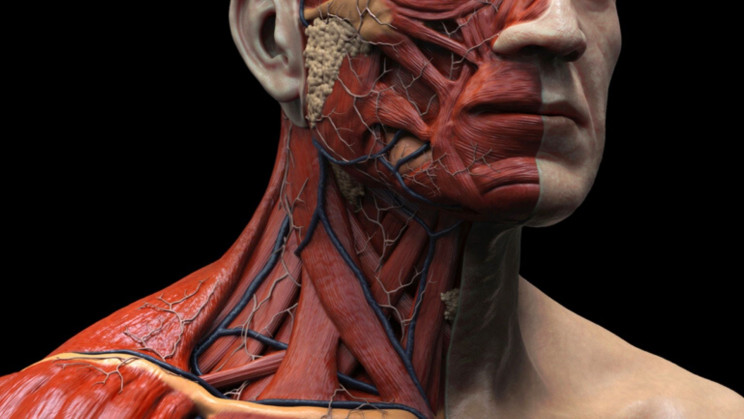
A team of researchers led by senior lecturer Dr. Szilvia Mezey from the Department of Biomedicine at the University of Basel and Professor Jens Christoph Türp from the University Center for Dental Medicine Basel (UZB) has discovered a new part in the human body, a deep third layer of muscle in the masseter muscle, a muscle which is critical for chewing.
The Modern Anatomy textbook describes only two layers of the masseter. The muscle has two layers one deep and one superficial layer. “However, a few historical texts mention the possible existence of a third layer as well, but they are extremely inconsistent as to its position,” says the study titled “The human masseter muscle revisited: First description of its coronoid part”, published in the journal Annals of Anatomy, which describes the third layer of the muscle in detail.
Researchers have dissected 12 human cadaver heads, that were preserved in formaldehyde, and took CT scans of 16 fresh cadavers, and also reviewed an MRI scan of a living subject and identified an “anatomically distinct” third layer of the muscle as a result of these examinations, according to the report.
“This deep section of the masseter muscle is clearly distinguishable from the two other layers in terms of its course and function,” Mezey, the first author of the research, said in a statement. “Although it’s generally assumed that anatomical research in the last 100 years has left no stone unturned, our finding is a bit like zoologists discovering a new species of vertebrate,” adds senior author Türp in the same statement.
This deep section of the masseter muscle is clearly distinguishable from the two other layers in terms of its course and function. Based on the arrangement of the muscle fibers, the muscle layer likely helps stabilize the lower jaw by “elevating and retracting” the coronoid process, the team wrote in their report. And in fact, the newfound muscle layer is the only part of the masseter that can pull the jawbone backward, Mezey said.
The lead researchers proposed the layer be named “Musculus masseter pars coronidea” or the coronoid section of the masseter, hence the newfound layer is connected to a small triangular section of the lower jaw called the coronoid process.
It may feel kind of weird to see the discovery of a new organ or muscle that was unknown when you think of the years you spent on anatomy lessons, but these occasions are not that rare. As recent as last year, an extra set of salivary glands right inside our heads was discovered by another team of researchers.

